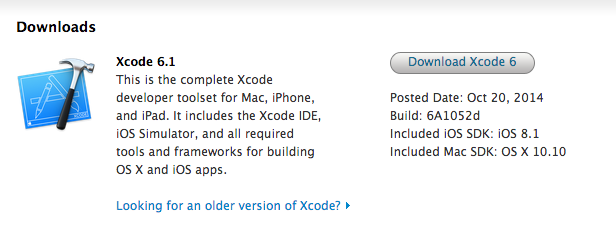

In the bottom left corner of the window, press the + sign, then Add Apple ID. From the top menu, select Xcode, then choose Preferences. First, add your Developer Program account to Xcode if you haven't already.Keep in mind that all targets in a bundle should use the same signing method.) Here's an in-depth tutorial on how to manually sign your app. (In some cases, you might prefer manual signing. If automatic signing is already enabled or if you don't need help with signing, you can skip to step two. If automatic signing is enabled, Xcode will create and manage certificates, signing identities, and handle device registration for you. The easiest way to do this is through Xcode. In order to distribute your app to beta testers or to users through the App Store, you'll need a separate distribution provisioning profile and distribution certificate. The development provisioning profile and development certificate that you've been using are only for specific devices. Code Signing: Create an iOS distribution provisioning profile and distribution certificate He is certainly glossing over lots of Linux headaches that you will never see on MacOS X.1.

I think Bill is just upset that they deleted one of his posts recently. Not the obstacle course Apple puts you through. Like Bill Scott posted in his screenshot. This whole fiasco has seriously led me to believe a Linux server is what I need. It is a decent security hole so you don't want to run it 24/7. VNC is not installed on the server, and I don't even know what it is.ĭo you have the actual Server version of 10.4? If so, then you do have VNC. I had trouble compiling Lynx on early version of MacOS X while links worked fine. I also attempted to use Lynx, but it does not support https protocol. Curl is supposed to be able to do complicated things like this. You could probably get it to work by specifying the login cookie. Apparently since it is a separate domain, it is not recognized. I was able to login and download that page, but the download URL would not work.


 0 kommentar(er)
0 kommentar(er)
